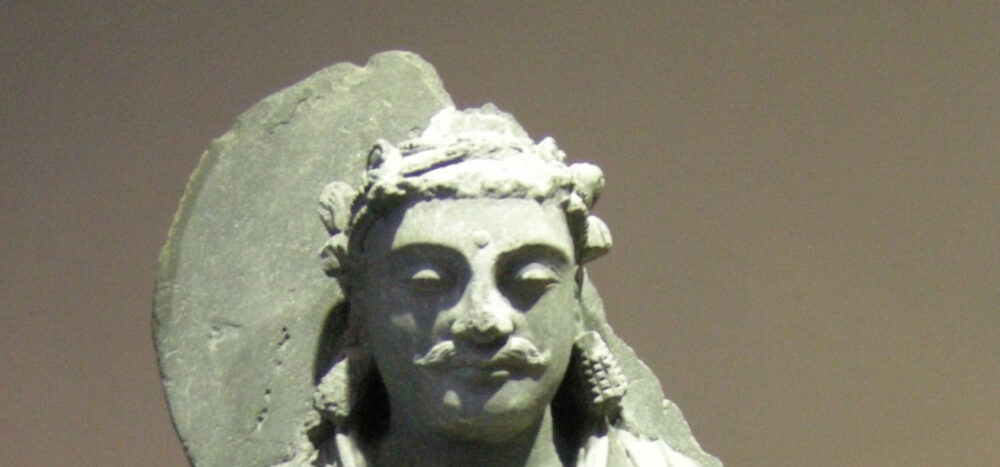Claude Monet came to London in the early 1870s to escape from warfare in France, fearing that he would be conscripted. He returned to London thirty years later at the turn of the century, now a successful sixty year old, to stay in the Savoy hotel and paint the Houses of Parliament. In 1899, 1900 and 1901 he painted them again and again, particularly fascinated by the effect of light on fog and fog on the precision of one’s perceptions. He thought that, “It’s the fog that gives London its marvellous breadth.” Oscar Wilde said that the painters “invented fog,” a typically striking exaggeration. As my friend Francis points out, Dickens did fog very well in Bleak House half a century earlier.
Monet painted parliament in sunrises, and in sunsets; he tried to find the place on the South bank from where he could get the sun to shine directly above the parliament, reflected on the water. He continued working on the whole group of canvases on his return to France and in 1904 exhibited thirty seven of them in Paris. The exhibition was a great success.
The central image is of the Houses of Parliament, blurred by fog into an archetypal fortress shape, with a tower. Parliament is apparently surrounded by water, as if an island in the middle of the sea. As a portrait of Britain at the height of its imperial pride, the pre-eminent naval power in the world, reduced to its essence, it could not be bettered. And although the first impression is of solidity, the massy structure enduring the blasts, the aftertaste, of course, is of the strength of democracy and ancient inherited freedoms under the people’s law made in parliament.
French painters paint the quaies of the Seine, but as promenades, not as a surrounding sea. English painters paint parliament, but as a piece of intricate architecture. It took Monet to make the image and reduce it like a French chef to its intensest jus. Boiling off the steam, he repeats it into significance, its aroma arising, its resonances ringing: the sea, the parliament, the fog! In his sixties he wanted to “sum up…impressions and sensations of the past.” No doubt the idea of parliament in London’s marvellous breadth of fog, seen across the river from St Thomas’ hospital, had stuck in his mind from the 1870s.
The image for France is Liberty leading the people, with Marianne the embodiment of French liberty.
If I look for a great portrayal of Britishness I think of The Monarch of the Glen, Rowlandson’s Portsmouth Point, or a crowded Hogarth print, perhaps The March of the Guards to Finchley.












